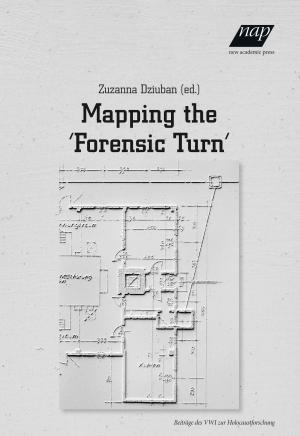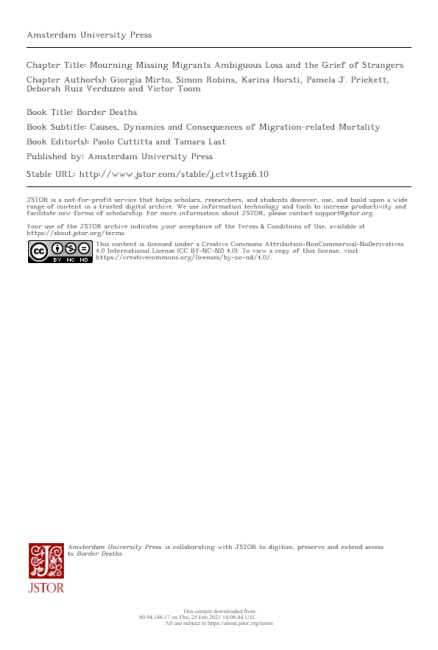Traces, bones, desert: the extermination of the Armenians through the photographers eye
Braving the Ottoman‘s ban on capturing any images of the persecuted Armenians, witnesses dodged censorship and photographed pictures that would later be branded as proofat the Paris Peace Conference in 1919–20. Despite the challenge of these images to representations of the Armenian genocide, they were soon forgotten after the 1923 Treaty of Lausanne erased the Armenian Question, while time took care of destroying the corpses abandoned in the desert. This article will examine the image-disappearance dialectic through distinct temporalities of remembrance,and commemoration, each of which mobilises its own specific, iconographical semantics. In response to contemporary challenges, the repertoire of images has not remained sealed; over the last decade it has been reopened through depictions of bare landscapes and stretches of desert and bones,that suddenly pierce through the earth. The article will show how these images implicitly speak of the disappearance and seek meaning through emptiness.





